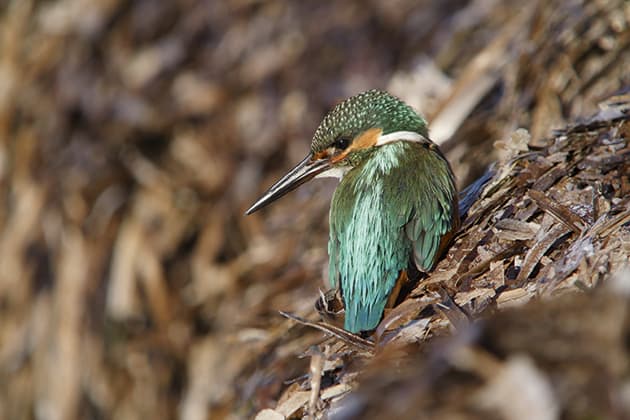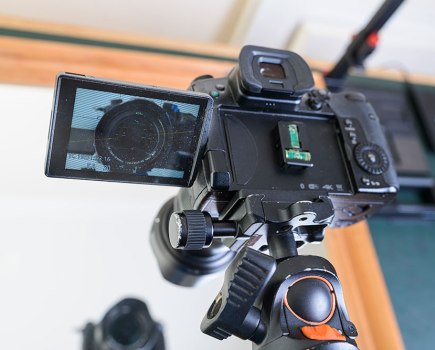Digiscoping (pairing a camera with a spotting scope) has a number of advantages over conventional photography. The first of these concerns weight: scopes are much lighter than large lenses, and in many cases they are easier to carry. You can even buy something called a Scopac – a harness that fits around two legs of your tripod and enables you to carry both scope and tripod like a rucksack. Another advantage relates to magnification. Depending on the camera, eyepiece and extenders you use with the scope, you can achieve magnifications of up to 4,000mm. Some scopes (including those made by Kowa and Leica) can be set up to create even greater magnifications. Many birders own binoculars, scopes and mobile phones already so, for them, it’s just a simple case of buying a phone adapter to get started.
Naturally, digiscoping also has some disadvantages. If you don’t own a spotting scope already then the cost of investing in the right kit can be rather off-putting. Thankfully, there are some excellent examples on the secondhand market. In addition, digiscoping relies on your ability to manually focus a scope – if you can’t achieve this on a regular basis, then it’s probably not for you. You also need to be aware that depth of field will be somewhat limited when using a scope, due to the long focal lengths, and birds in flight can be rather tricky to track as you’re working with a much smaller field of view. Finally, in some instances – especially when you are using non-wideangle eyepieces – you may experience vignetting. To solve the problem increase the zoom to clear the dark corners, or crop the picture in post processing.
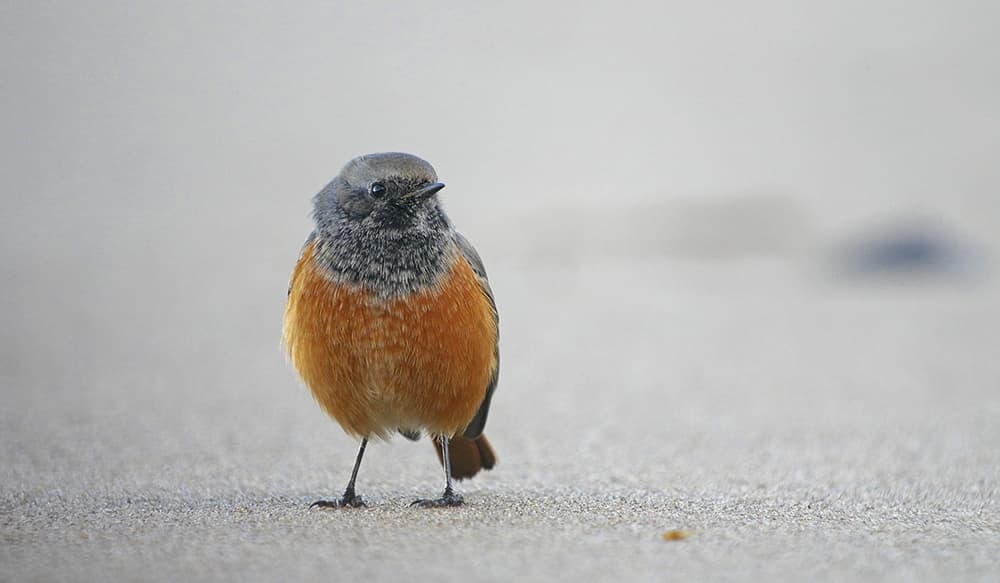
Eastern black redstart, UK. Kowa 884 scope, 25-60 zoom eyepiece, Panasonic GH4, Kowa DA10 adaptor
Type of digiscoping
The word ‘digiscoping’ describes shots taken with a digital camera attached to a spotting scope (handheld or via an adapter), but there are a number of other methods. Phonescoping, for example, entails fitting a mobile phone to a scope – it’s convenient, and the results are more than acceptable. Another option is videoscoping, which allows you to capture movement and audio – if you shoot 4K footage, you can also take high-quality screengrabs from the recording. Yet another technique is digibinning, which involves attaching a camera or a phone to a pair of binoculars. Different people have different priorities: birders often desire a record shot of a species to back up a rare bird report, while photographers might be looking for something more creatively composed. Start with the basics, and build up your skills slowly.
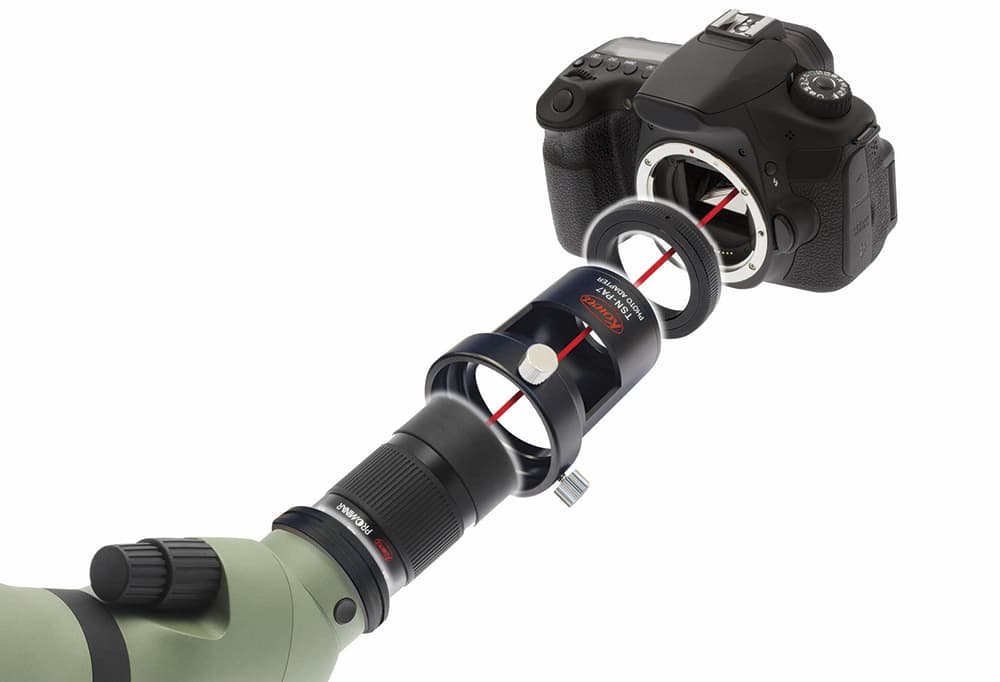
Digiscoping essentially involves attaching a scope to your camera via a specially designed adapter
Buying guide
If you’re thinking of buying a spotting scope (with zoom eyepiece) it’s important to try it out first. It’s tempting to rely on online reviews or recommendations, but you might find, to your cost, that there is no one-size-fits-all solution.
There are two main types of scope: angled or straight. Angled scopes are good if you are a birder who takes the occasional picture, but a straight scope is preferable if you intend to use it primarily for photography. Either way, you want a model with a big objective lens for maximum light gathering.
Aside from a scope (and camera or phone of your choice) you also need an adapter to connect the scope to your device (unless you plan to handhold it). These can be handmade, customised or universal – you can also buy adapters made by scope manufacturers. You also require a tripod and video head to provide a good base for your scope.

Digiscoping red kites
Digiscoping technique
First you need to ensure that your set-up is completely stable – don’t extend the centre column of your tripod unless it’s necessary, for example. Try to keep a low centre of gravity – vibration is your enemy here. Practice your technique on a static subject before attempting any ‘serious’ bird or wildlife photography. When you spot something unusual, or photogenic it’s easy to get flustered and miss opportunities. For the same reason, it’s important to know your equipment inside out – there won’t be time to read a manual when you’re out in the field.
If you’re shooting nervous subjects remain concealed, or at least below the skyline – hides, cars, and trees are all useful here. Once you’re in position, observe your subject for a while, noting its behaviour. You should be able to predict where it’s likely to move next, before placing yourself in its path. If you keep low, still and quiet, your subject will often come quite close to you.
Even though depth of field is relatively limited, you still need to pay attention to the area behind your subject. A messy background can be distracting in the final shot, so adjust your position until everything is clear. Images of birds are often stronger when they are taken at the animal’s eye level, so wear waterproof trousers and be prepared to get down low.
When it comes to camera settings, I alternate between aperture priority and manual. Digiscoping can be a bit hit-and-miss, so take multiple pictures, adjusting the focus repeatedly, and then review and adjust settings as necessary. If your camera offers focus peaking, make sure this is turned on, and if you can enlarge the screen to check focus then do so. To reduce the possibility of blur, trigger the shutter remotely, or use the self-timer feature on your camera.

Attaching (or holding) a mobile phone to the spotting scope can yield excellent results
Phonescoping technique
If you’re using a mobile phone with your spotting scope, it’s a good idea to establish a routine. I like to find a subject, focus on it with the scope (placing it in the central line of view) and then lock down the pan and tilt on the tripod head so that when I hold my phone up to the eyepiece (or attach it via an adapter), my subject is roughly in the centre of the frame.
Next, I increase the eyepiece magnification to remove any vignetting, and frame the subject to my liking. (At this point it’s worth remembering that you are using a digital zoom rather than an optical one, so don’t zoom in too far.) My next task is to touch the screen on the phone to lock focus and metering, and fine-tune as necessary. To reduce any vibration, I use the volume control on my iPhone to trigger the shutter.
This is just an overview of digiscoping, but I hope it has whetted your appetite for the technique. With technology advancing at an astonishing rate, it will be interesting to see what the future holds. By the time the Olympics arrives in Tokyo in 2020 it’s thought that television coverage will be recorded in 8K – if this technology filters down to consumer cameras, the videograbs we’ll be able
to take will be pretty sizeable!
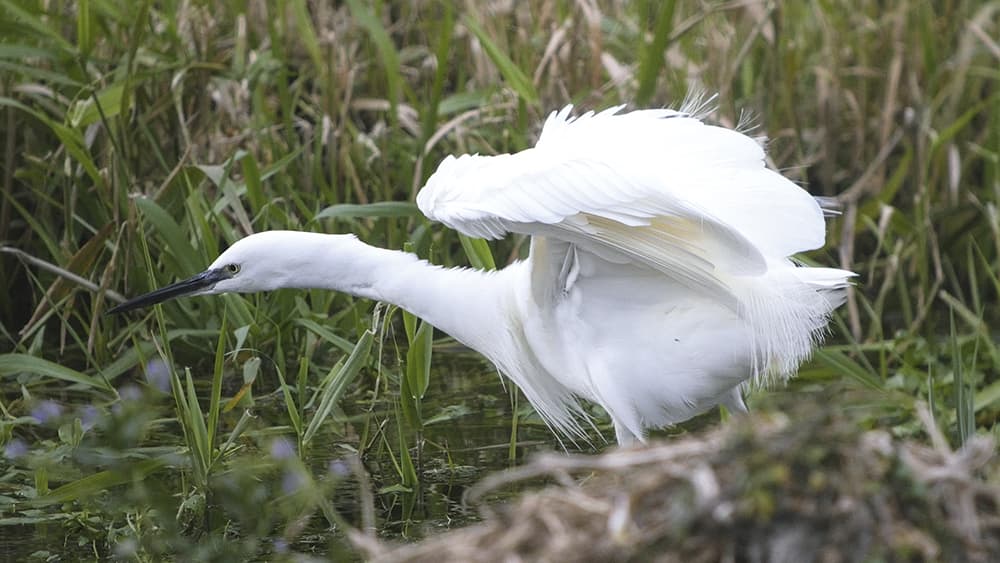
This shot of a European little egret is a still from a 4K video clip. Kowa 884 scope, 25-60 zoom eyepiece, Panasonic GH4, Kowa DA10 adapter
Favourite kit combinations
Kowa 883 scope, 25-60 W/A zoom eyepiece, Panasonic GX8 with Kowa PA7 photo adapter, or Panasonic 20mm f/1.7 pancake lens with Kowa DA10 adapter (or DIGIDAPTER), Manfrotto or Benro tripod with video head.
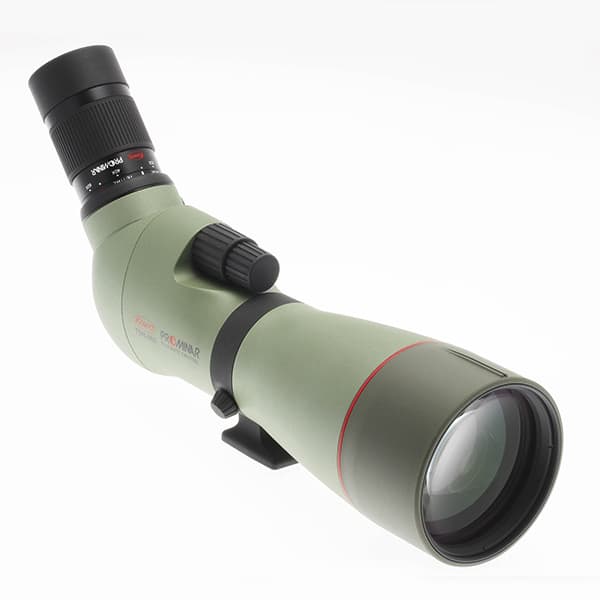
Opticron MM3 50mm ED scope, zoom eyepiece 40936 SDL, with PhoneSkope or Opticron phone adapter, Manfrotto or Benro tripod with video head.
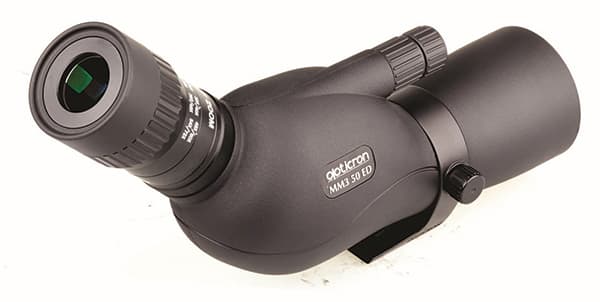
Vortex Razor HD 85mm scope, 27-60 zoom eyepiece, Panasonic LX100 camera, Novagrade adapter, Manfrotto or Benro tripod with video head.
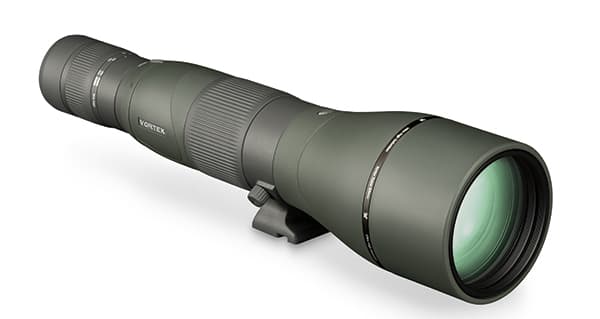
Other models to consider include Zeiss Victory DiaScope 85mm with zoom eyepiece, Swarovski ATX 85/95mm with w/a zoom eyepiece, Leica APO Televid 82mm with zoom eyepiece.
Further information
The internet is a great source of inspiration for anyone interested in digiscoping. Here are a few of my favourite websites:
YouTube (www.youtube.com). If you spend an hour watching some of the digiscoping videos here, you will gain a pretty good understanding of what’s involved. You can save any good tutorials to your favourites.
Facebook (www.facebook.com). You will find a few forums dedicated to digiscoping here, with lots of helpful people offering advice. Digiscoping, Worldwide, Facebook Digiscopers, and Phonescoping are among my favourites.
The Yahoo Digiscoping group offers lots of technical advice, and is a good place to find some of the original digiscopers.
Birdforum (www.birdforum.net) has a digiscoping section, which contains sub-forums full of archived information on equipment.
UK dealers. There are many UK dealers who sell digiscoping equipment. Try Clifton Cameras, Cley Spy, Focalpoint Optics, Ace Optics, Viking Optical Centres, RSPB and Focus Optics.
Paul Hackett is one of the UK’s leading bird digiscopers, and has pioneered many of the techniques used today. He is primarily a birder, with a keen interest in photography. Paul’s current roles include digiscoping consultant at Kowa UK, Panasonic Lumix ambassador, and RSPB photography volunteer.

